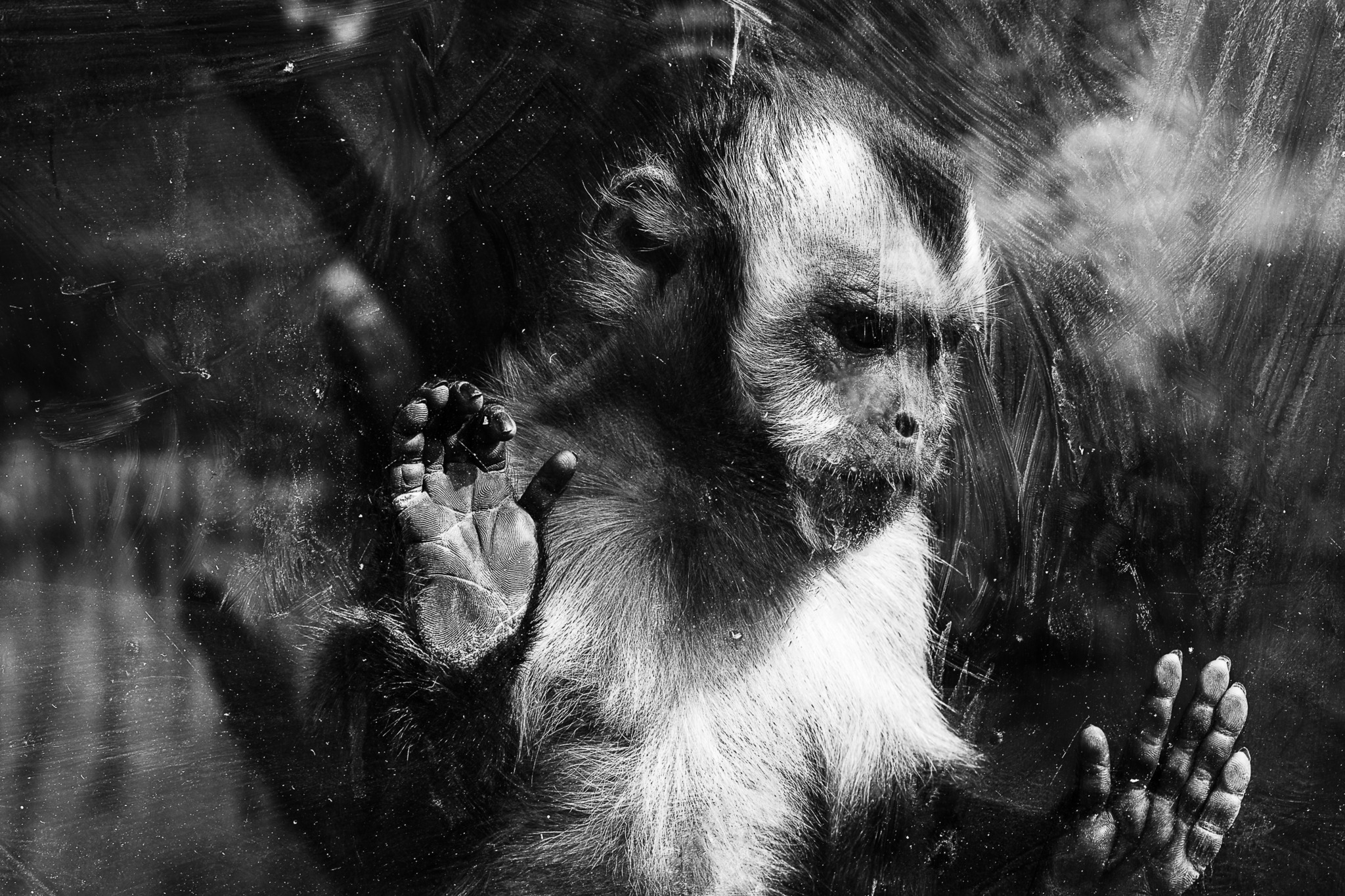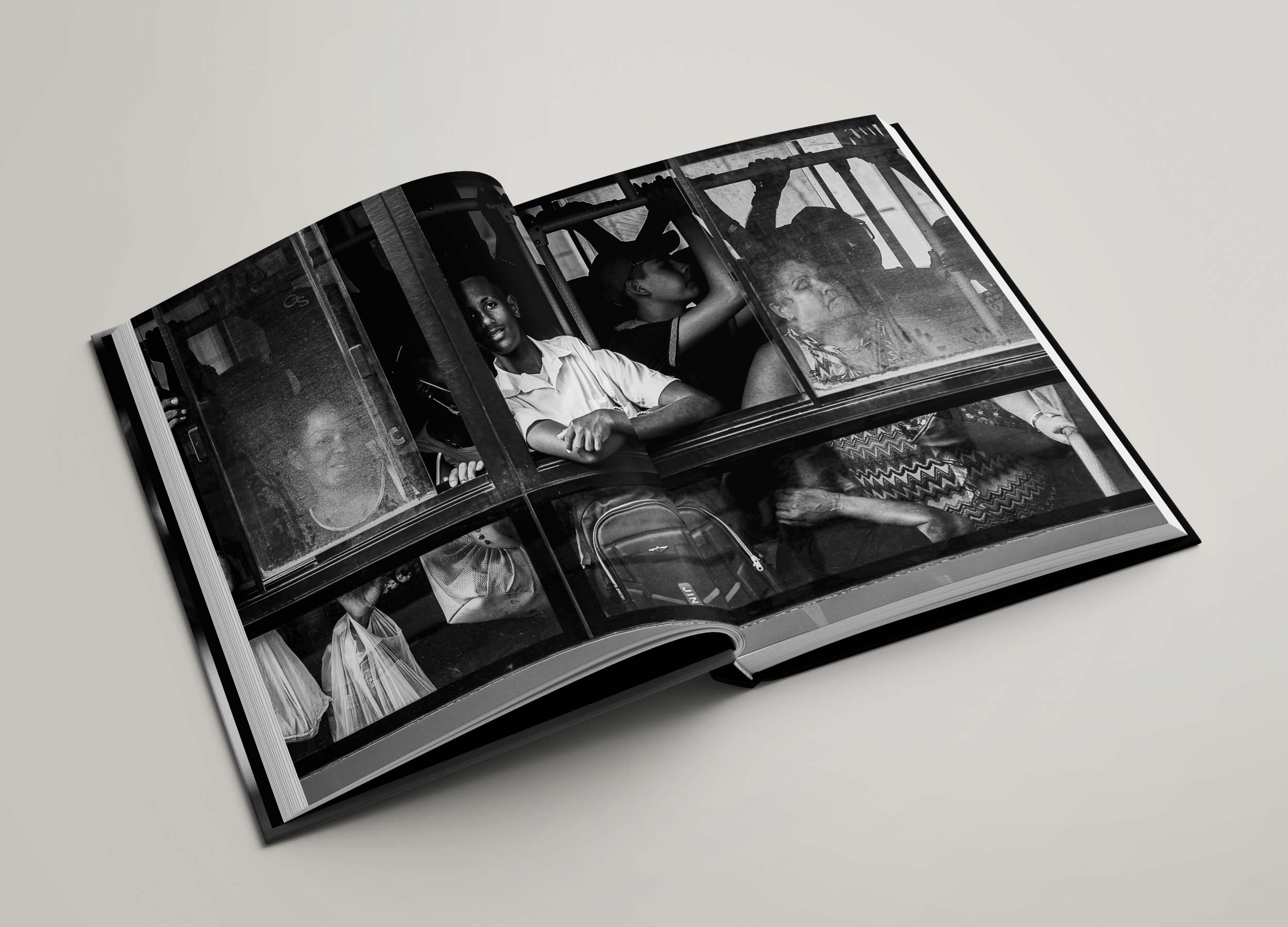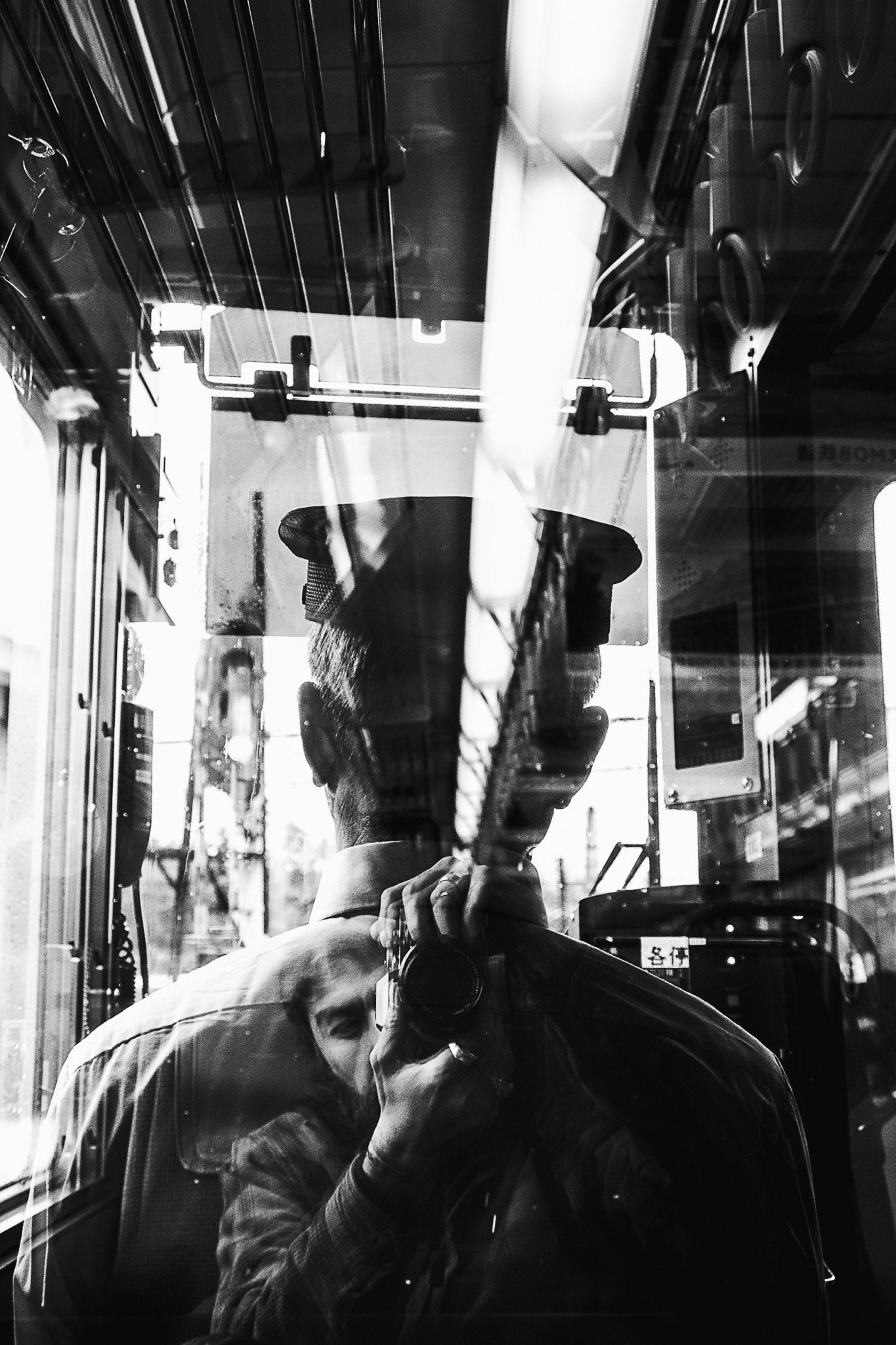We recently connected with Richard Peterson and have shared our conversation below.
Hi Richard, thanks for joining us today. What’s been the most meaningful project you’ve worked on?
Right now I’m working on a photobook called CHRONOLIGHT. It’s not something I planned for years or anything like that, it just started to take shape around six months ago, almost on its own. But the images inside it come from the last ten years of my life, and I guess that’s what gives it meaning for me. It’s like, suddenly all these photos I took along the way started to make sense together. Not in a logical way, but more like emotionally, personally.
I’ve never really thought of myself as a photographer in the traditional sense. I didn’t study it, I didn’t grow up around art. It just happened through travel, through getting lost in places, through paying attention. I carry my camera the same way I carry a notebook—just to have it with me in case something calls me. Most of the time I don’t go out looking for photos. Things just sort of show up, and I try to be present enough to notice.
CHRONOLIGHT is not about destinations or about showing a journey in order. It’s more like a quiet reflection, a way to look back and realise how much of myself is hidden in those images. Not because I tried to say something, but because I was just there. And now, putting all this together, it feels like I’m closing a loop or making peace with a part of myself. So yeah, it means a lot, not because it’s big or important, but because it’s real.

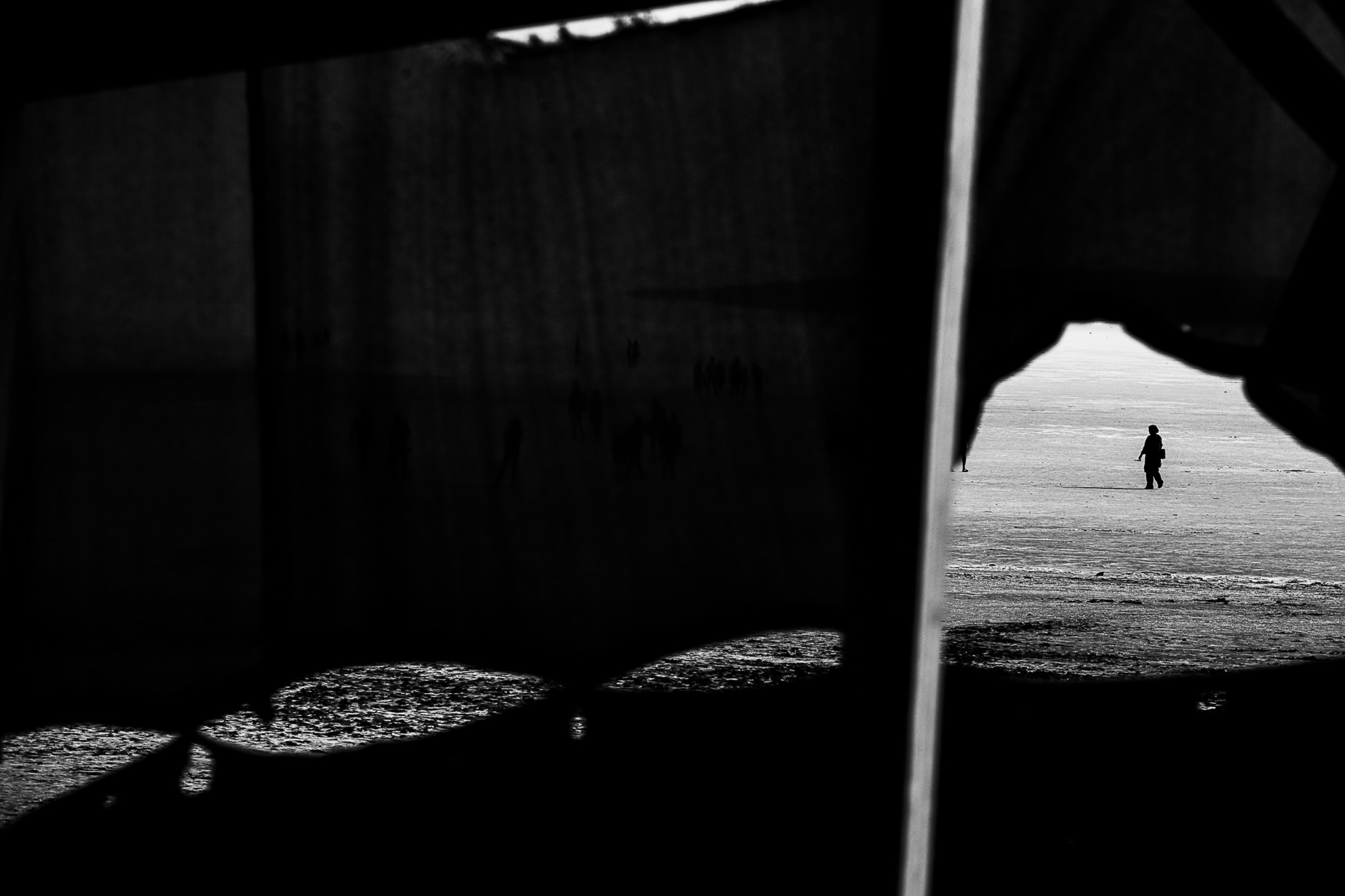
Richard, before we move on to more of these sorts of questions, can you take some time to bring our readers up to speed on you and what you do?
I didn’t grow up around photography or art. I come from a big, working-class family with no creative background. Photography found me slowly, through travel, through getting lost, through paying attention. It wasn’t something I planned or studied. It just became part of how I move through the world.
For me, photography is not about documenting or capturing. It’s about connection. Sometimes with people, sometimes with places, but mostly with what I’m feeling in a specific moment. I’ve always used the camera as a way to stay present, to notice things. I never go out looking for a specific shot. Most of the images that matter to me came unexpectedly, while walking, waiting, or just sitting with a moment.
I’ve never worked for clients or taken commercial jobs. Not because I don’t respect that kind of photography—I do—but because I know myself, and I feel that following someone else’s vision would mute my own. What I do is too personal, too instinctive. I don’t want to stage things or polish them too much. I want to stay close to what feels real, even if that means being slower or less visible.
What sets my work apart is maybe that—it’s not trying to be anything. I don’t build concepts in advance. I don’t work with moodboards or references. I live first, and the images come later, when they want to. I try to keep things simple. One camera, light gear, no plan. Just me and the road, or a street, or a room. And from that, something honest sometimes appears.
Lately I’ve been thinking more about how to share that honesty. Not just through photos, but through books, objects, and collaborations that feel aligned. I’m interested in how something visual can also feel emotional, how it can stay with someone quietly. That’s the kind of work I want to do—not loud, not perfect, but true.
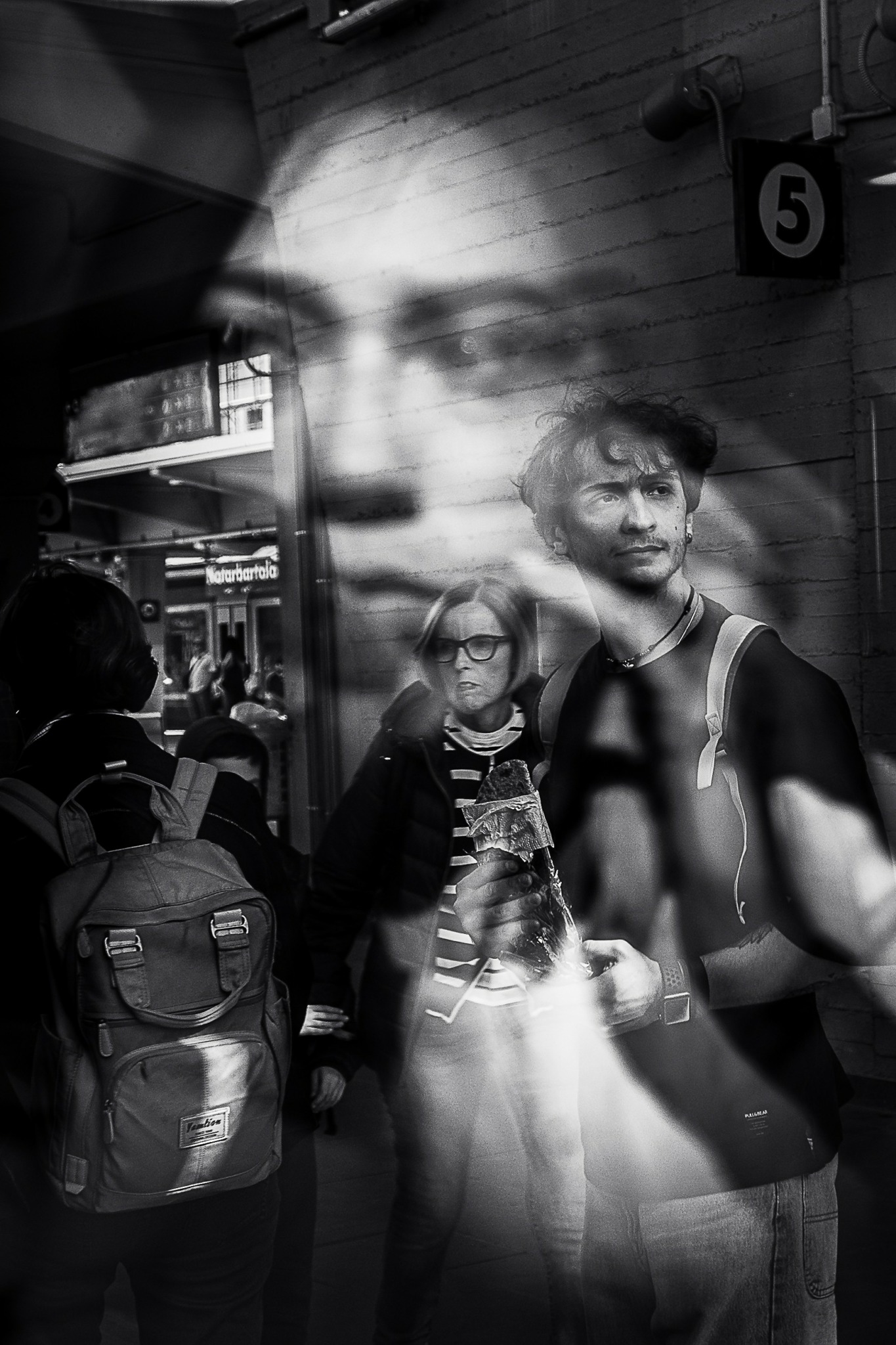

We often hear about learning lessons – but just as important is unlearning lessons. Have you ever had to unlearn a lesson?
I think one of the hardest things I had to unlearn was the idea that I needed to “define myself” as an artist. That I had to have a clear style, a strong concept, a brand. For a while, I felt this pressure—maybe not from anyone specific, but just from how the creative world seems to work. Like if you don’t know how to describe what you do in one sentence, maybe it’s not valid.
But the more I tried to fit into something clear, the more distant I felt from what actually mattered to me. I don’t create from clarity—I create from questions, from confusion sometimes. From being in the middle of something I don’t fully understand yet.
So I let go of that. I stopped trying to name what I do. I don’t need to have a label for it, or even a goal. It just needs to feel honest. That was the shift. From trying to shape something people could easily “get”… to letting the work shape me. That’s when things started to feel real again.
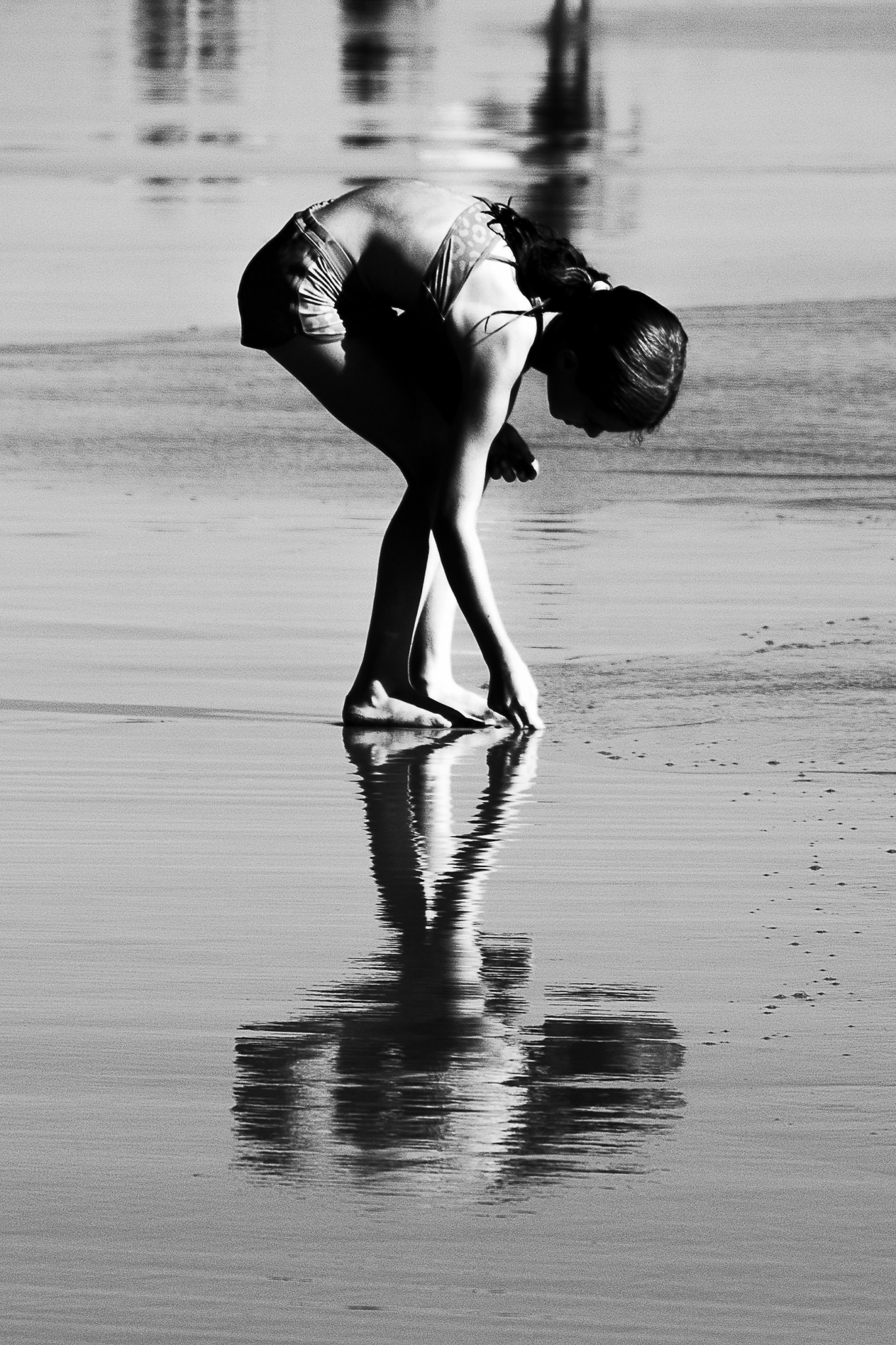
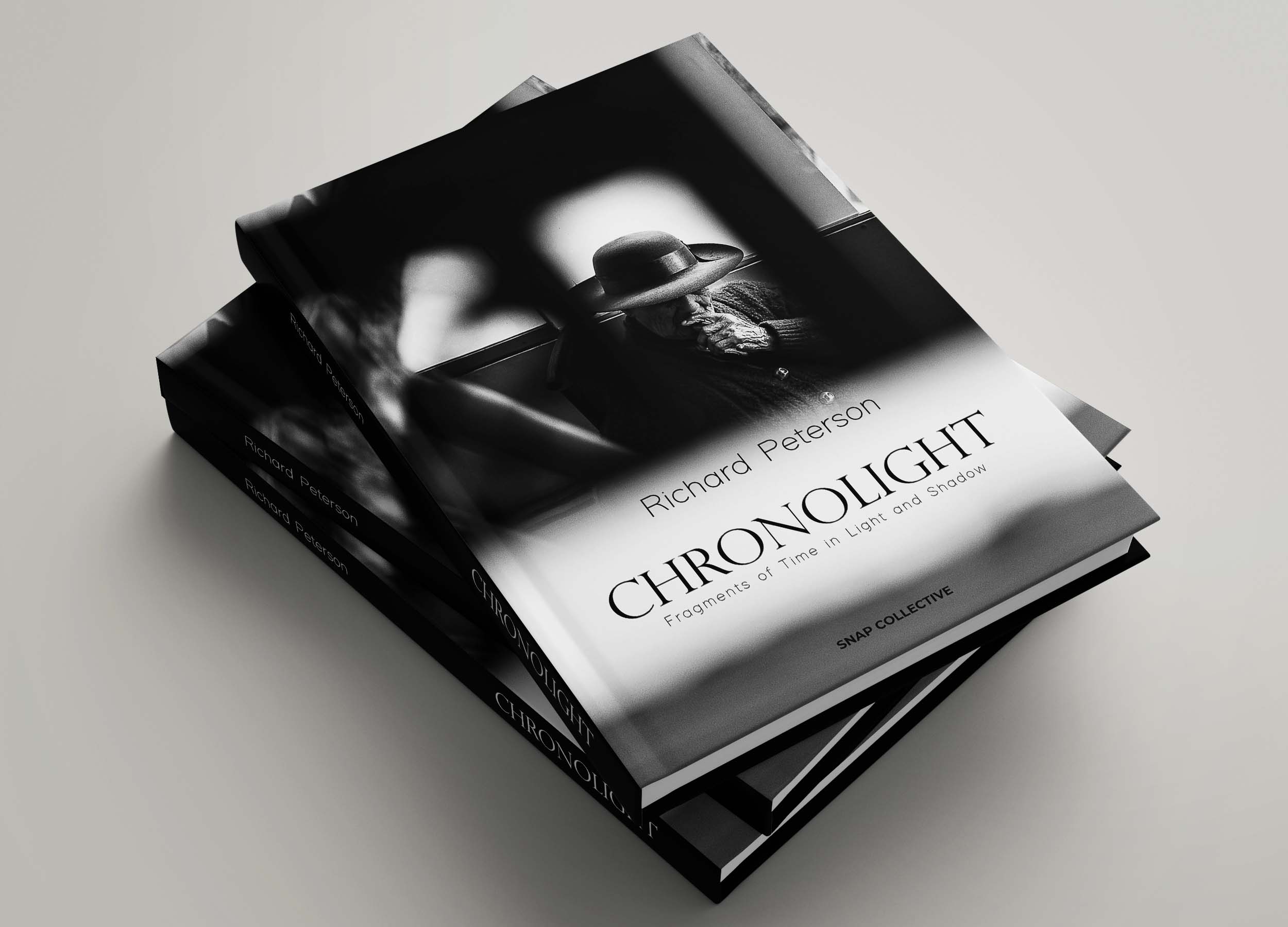
Is there something you think non-creatives will struggle to understand about your journey as a creative? Maybe you can provide some insight – you never know who might benefit from the enlightenment.
Maybe one of the hardest things to explain to people who aren’t in creative work is that… sometimes you’re working even when it looks like you’re doing nothing. A lot of what I do happens before the photo exists. It happens in how I walk, how I observe, how I decide not to take a photo, how I sit with a moment instead of capturing it.
The creative process isn’t linear. It doesn’t always look like progress. There are long periods of silence, of not knowing, of being in between ideas. And that’s not laziness or doubt—it’s part of it. Some people think if you’re not constantly producing or sharing, you’re stuck. But sometimes, those are the most alive moments. You’re just not ready to show them yet.
I’ve learned to protect those moments. To not rush. Because that quiet time, where it looks like nothing is happening, is usually where the real shift begins.
Contact Info:
- Instagram: @Richardpetersonphotography
